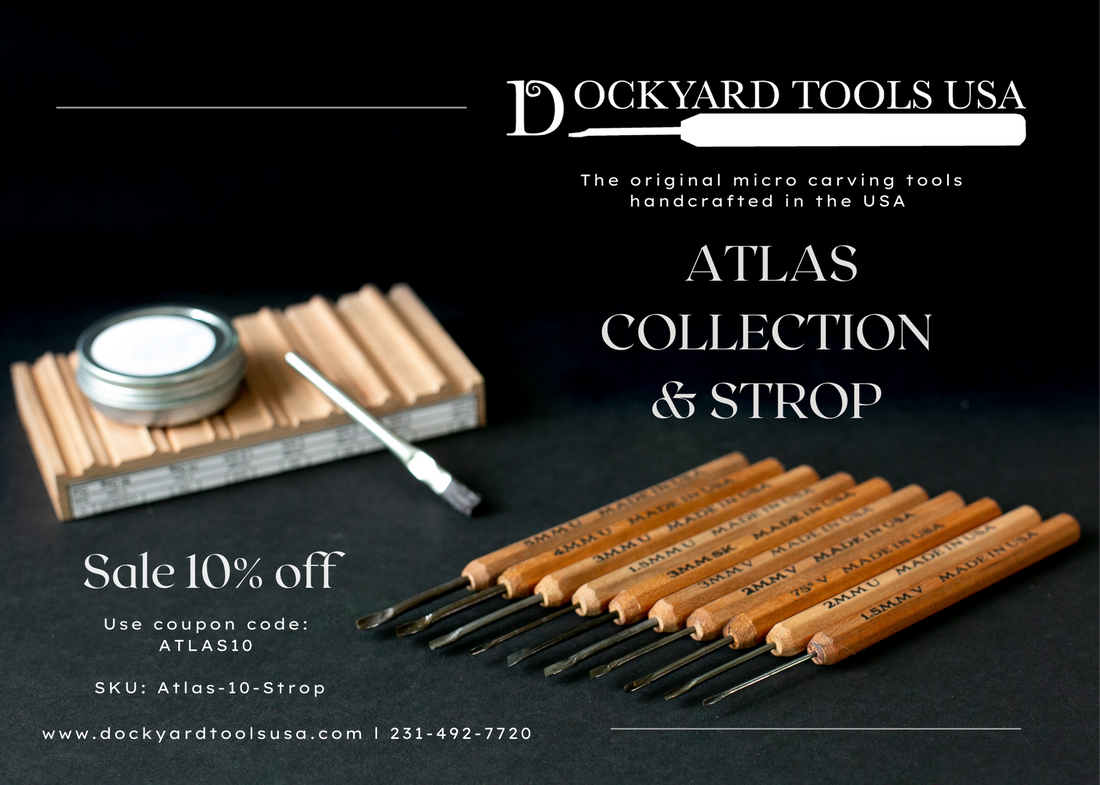A friend gave me sets of Crown and Ramelson carving tools so I decided to try my 1st carving. Unfor I dropped the smallest Ramelson gouge bending one edge of the tip and I'm unable to fix it.
I've been building furniture for 25 yrs....hand cut dovetails etc. I have a drawer full of strops, whetstones, diamonds and papers used for my chisels/plane plates. I can sharpen any chisel/plate shave sharp but failed getting the gouge fixed. I even ordered a whetstone for gouges but the slots are wrong. If I'd dropped a chisel, I'd start a new edge at 180 grit and go up which is what I tried with the gouge....no luck
I absolutely LOVE carving and plan to continue doing it but it seems sharpening carving is quite different than what I'm used to with flat tools. Any tips on fixing the small gouge? Thanks!
I've been building furniture for 25 yrs....hand cut dovetails etc. I have a drawer full of strops, whetstones, diamonds and papers used for my chisels/plane plates. I can sharpen any chisel/plate shave sharp but failed getting the gouge fixed. I even ordered a whetstone for gouges but the slots are wrong. If I'd dropped a chisel, I'd start a new edge at 180 grit and go up which is what I tried with the gouge....no luck
I absolutely LOVE carving and plan to continue doing it but it seems sharpening carving is quite different than what I'm used to with flat tools. Any tips on fixing the small gouge? Thanks!


Comment